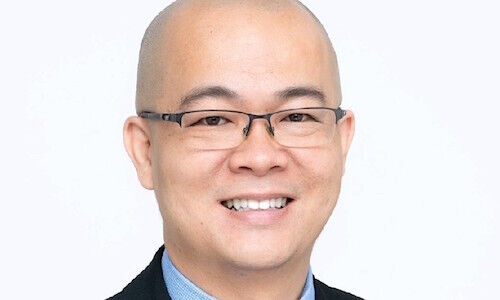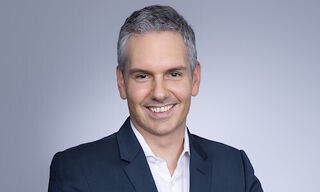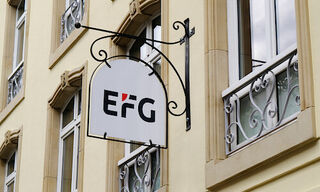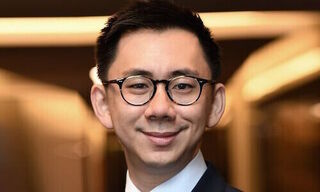Did CS Deliver on Slogan as «Bank for Entrepreneurs»?
There were few winners from the downfall of Credit Suisse, be it shareholders, creditors or even the Swiss public. But the bank did favor one sub-segment of stakeholders.
Various stakeholders across the board are feeling the pain from the collapse of Credit Suisse. Shareholders have been hammered, most notably the Saudi National Bank which had just acquired a 9.9 percent stake for $1.5 billion in October 2022. Creditors were caught off guard by the unexpected AT1 bond write-down.
Depending on how things play out, even the Swiss public could suffer. There could be potential taxpayer costs from funding the takeover or the legal ramifications of the AT1 wipeout. It also remains to be seen what the long-term socioeconomic consequences could be for Switzerland, given the importance of its financial sector.
But there is a sub-segment of individuals that have been relative winners in this debacle: «one bank» clients.
«One Bank»
The so-called «one bank» model involves leveraging the various capabilities and business units within a universal banking group to holistically serve the diverse needs of wealthy clients. It is a particularly relevant approach in markets like Asia due to the high rate of wealth creation via self-owned businesses, which can involve complex needs beyond just personal ones.
At Credit Suisse, clients that leverage this model were a major source of risk. The Greensill funds collapse is one such example, where the Swiss lender was doing business with both Lex Greensill’s personal wealth and his supply chain financing firm via the private banking and asset management arm, respectively.
Finma Findings
Compared to other stakeholders, Credit Suisse’s «one bank» clients may have been relative winners in the overall fiasco. In fact, the Swiss Financial Market Supervisory Authority (Finma) suggested that the bank may have operated too much in their favor.
In the conclusion of its Archegos probe last week, Finma ordered Credit Suisse and legal successor UBS to apply restrictions on «positions relating to individual clients throughout the financial group». It said that «responsible employees acted in favour of the client» with insufficient objections against excess risk and repeated increase of limits.
Market Positioning
Credit Suisse is far from being the only bank to leverage the «one bank» model. But in terms of marketing, it has arguably made the most efforts to position itself as a leading player in the approach. In addition to adopting the slogan of being the «bank for entrepreneurs», which it continues to feature, top executives have also repeatedly spotlighted the operating model.
Ex-CEO Tidjane Thiam called Luckin Coffee founder Lu Zhengyao a «dream client» for Credit Suisse and a «poster child» for the bank’s multi-faceted approach. Lu was being serviced as a «one bank» client across private banking and stock sales before his coffee operator was hit by a headline accounting scandal in 2020 involving fabricated sales.
In June 2022, top wealth management executive Francesco de Ferrari underlined the bank’s journey as a pioneer of the «one bank» model starting in 2005, noting that «this is something that is embedded in the DNA of Credit Suisse».
Bill Hwang: «One Bank» Prospect
Interestingly, while Finma’s Archegos findings highlight the need to tighten controls on client risk across the group, Hwang was reportedly not being served as a «one bank» client, at least with regards to his personal wealth.
According to a 2021 «Financial Times» report citing unnamed sources, Credit Suisse’s board and senior executives were investigating the Archegos arrangement after learning that Hwang’s relationship made just $17.5 million in revenue without even being a private banking client. This suggests that there was insufficient incentive to pursue his prime brokerage business and extend billions of dollars in credit.



























